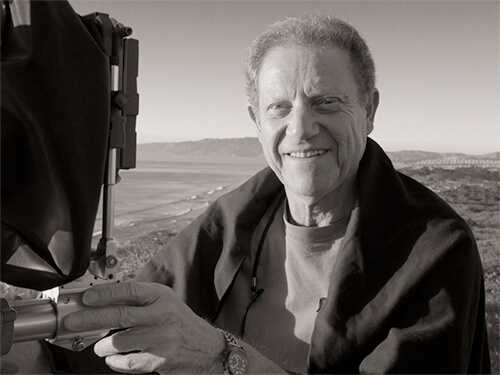Mark Citret was born in 1949 in Buffalo, New York, and grew up in San Francisco. He began photographing seriously in 1968 and received both his BA and MA in Art from San Francisco State University.
Most of Citret's work is not specific to any locale or subject matter. Still, he has worked on many photographic projects over the course of his career and continues to do so. From 1973 to 1975 he lived in and photographed Halcott Center, a farming valley in New York's Catskill Mountains. In the mid to late 1980s, he produced a large body of work with the working title of "Unnatural Wonders", which is his personal survey of architecture in the national parks. He spent four years, 1990 to 1993, photographing "Coastside Plant", a massive construction site in the southwest corner of San Francisco. Since he moved to his current home in 1986, he has been photographing the ever-changing play of ocean and sky from the cliff behind his house. Currently, he is in the midst of a multi-year commission from the University of California San Francisco, photographing the construction of their 43 acre Mission Bay life-sciences campus.
He has taught photography at the University of California Berkeley Extension since 1982 and the University of California Santa Cruz Extension since 1988, and for organizations such as the Center for Photography at Woodstock, the Ansel Adams Gallery, and Santa Fe Workshops. His work is represented by prominent photography galleries in the United States, and is in many museums, corporate, and private collections, including the San Francisco Museum of Modern Art, the Los Angeles County Museum of Art, the New Orleans Museum of Art, the Santa Barbara Museum of Art, the University of Arizona's Center for Creative Photography, and the Monterey Museum of Art. A monograph of his photographs, Along the Way, was published by Custom & Limited Editions, San Francisco, in 1999. He lives in Daly City, California.
About Parallel Landscapes